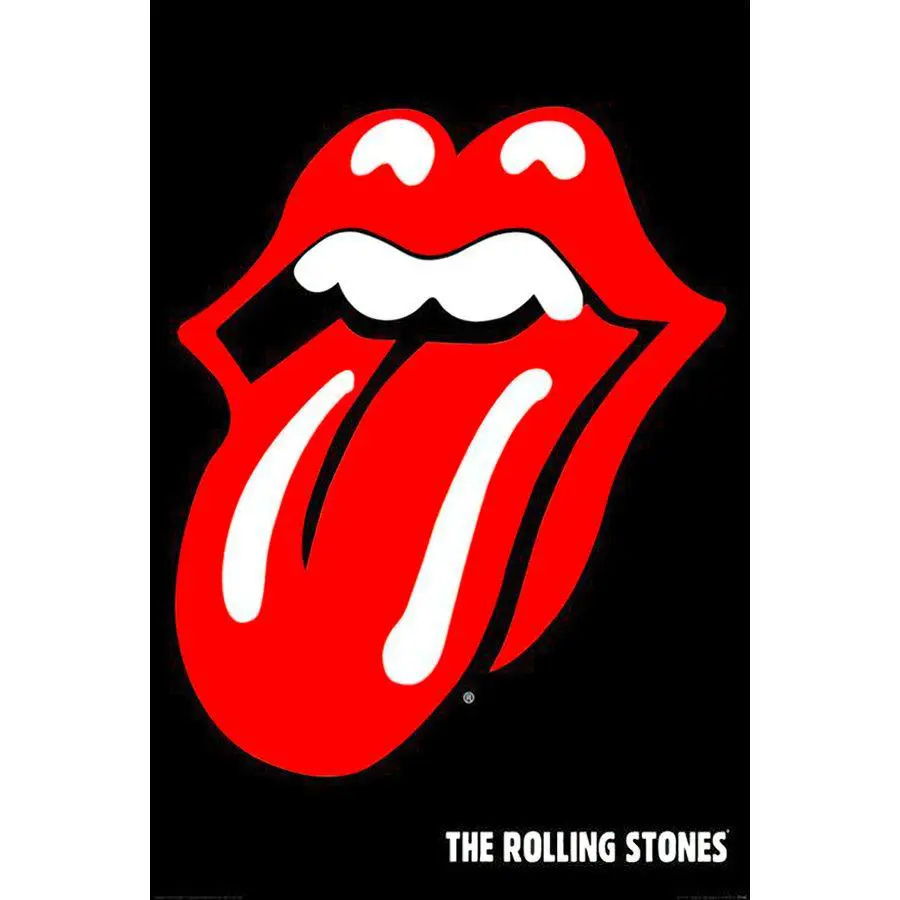A deep dive into the latest music trends
Exploring the evolution of modern music
In the ever-evolving landscape of the music industry, staying updated with the latest trends and releases is crucial. This article delves into the recent developments, offering a comprehensive analysis of the artists, albums, and songs that are currently making waves.
The rise of genre-blending artists
One of the most notable trends in recent years is the rise of genre-blending artists. These musicians are breaking traditional boundaries, creating unique sounds that resonate with a diverse audience. For instance, the latest album by Artist Name seamlessly blends elements of hip-hop, jazz, and electronic music, showcasing the artist’s versatility and innovative approach.
Technical analysis of genre fusion
From a technical perspective, genre fusion involves the integration of different musical elements, such as rhythm, melody, and instrumentation, from various genres. This approach not only broadens the artist’s appeal but also pushes the boundaries of what is considered mainstream music. For example, the use of jazz-inspired chord progressions in a hip-hop track can create a sophisticated and layered sound that appeals to both jazz aficionados and hip-hop enthusiasts.
The impact of streaming platforms
Streaming platforms have revolutionized the way we consume music. With the advent of services like MusicStill, listeners have access to an almost infinite library of songs at their fingertips. This has led to a more democratized music industry, where independent artists can gain significant traction without the backing of major record labels.
Industry trends and statistics
Recent industry studies indicate that streaming now accounts for over 80% of music consumption. This shift has prompted artists to focus on creating singles and EPs rather than full-length albums, catering to the shorter attention spans of modern listeners. Additionally, the algorithm-driven nature of these platforms means that artists must optimize their releases for discoverability, often leading to a more strategic approach to music production and marketing.
The resurgence of vinyl and physical media
Despite the dominance of digital music, there has been a notable resurgence in the popularity of vinyl records and other physical media. This trend is driven by a growing appreciation for the tangible and nostalgic aspects of music consumption. Collectors and audiophiles alike are drawn to the superior sound quality and the tactile experience that vinyl offers.
The technical superiority of vinyl
From a technical standpoint, vinyl records offer a warmer and more dynamic sound compared to digital formats. This is due to the analog nature of vinyl, which captures the full spectrum of sound waves, resulting in a richer and more immersive listening experience. Additionally, the larger album artwork and liner notes provide a more engaging and personal connection to the music.
The influence of social media on music promotion
Social media platforms have become essential tools for music promotion. Artists can now connect directly with their fans, share behind-the-scenes content, and build a loyal following. Platforms like Instagram, TikTok, and Twitter have become crucial for launching viral marketing campaigns and engaging with a global audience.
Case study: Viral success stories
A prime example of social media’s impact on music promotion is the meteoric rise of Song Title by Artist Name. The song gained massive popularity after a snippet went viral on TikTok, leading to millions of streams and a surge in the artist’s fanbase. This phenomenon highlights the power of social media in shaping music trends and propelling artists to stardom.
The future of music: AI and virtual reality
Looking ahead, the integration of artificial intelligence (AI) and virtual reality (VR) in music production and consumption is set to revolutionize the industry. AI-powered tools are already being used to compose music, analyze listener preferences, and optimize marketing strategies. Meanwhile, VR technology is creating immersive concert experiences, allowing fans to attend live performances from the comfort of their homes.
The potential of AI in music creation
AI has the potential to transform music creation by providing artists with new tools and capabilities. For instance, AI algorithms can analyze vast amounts of musical data to generate unique compositions, suggest chord progressions, and even mimic the style of specific artists. This technology can also assist in mastering and mixing tracks, ensuring a polished and professional sound.
Conclusion
The music industry is in a constant state of flux, driven by technological advancements and changing consumer preferences. From genre-blending artists and the dominance of streaming platforms to the resurgence of vinyl and the influence of social media, these trends are shaping the future of music. As we look ahead, the integration of AI and VR promises to further revolutionize the way we create and consume music, offering exciting possibilities for artists and listeners alike.
















